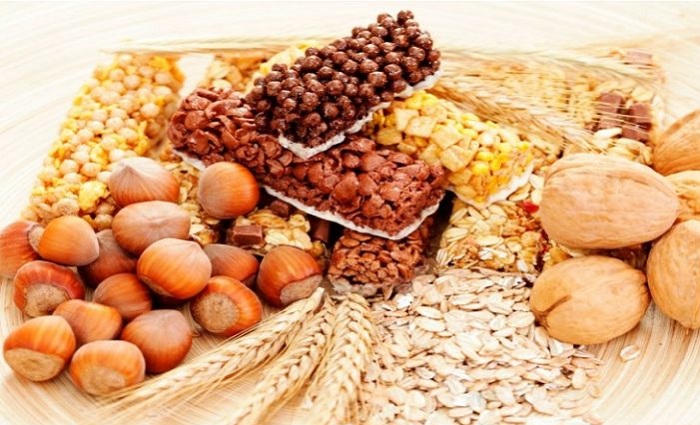Choosing to eat more fiber into your diet can be an important addition to your life. It can help reduce constipation, help with weight loss and maintain your new weight. Increasing the amount of fiber in your diet could help lower cholesterol levels, and decrease your chances of getting diabetes and heart disease. Read this article and learn how to add more fiber in your daily diet using these 15 easy tricks.
What Does Dietary Fiber Do?
This could be due to the fact that some types of fibers are probiotic. Which means that they are working to promote the growth of healthy gut bacteria. But, sadly, many people are not eating enough fiber so fiber daily intake should be increased. The average American eats around 16 grams of fiber per day, which is only half of the recommended amount. The Institute of Medicine recommends that daily fiber intake for men is 38 grams per day and women eat 25 grams per day.
15 Strategies on How to Add More Fiber in Your Daily Diet?
1. Eat Whole-Food Carb Sources
Fiber is a type of carbohydrate that can be found in many plant-based foods. Instead of breaking down into sugar, fiber does not break down as it passes through your digestive system. Choosing to eat fiber and other carbs will help you feel fuller for a longer amount of time.
All whole food carb sources naturally contain fiber and will help regulate your blood sugar levels. These fiber sources can be found in fruits, starchy vegetables, whole grains, and legumes.
2. Eat Vegetables with your Meals
There are lots of reasons to include vegetables in your diet. One of the main reasons is that they help lower your risk of numerous chronic diseases. Nonstarchy vegetables have a low amount of calories but are high in other nutrients, such as fiber.
Choosing to eat your vegetables before a meal is a good strategy to help you eat more. One study shows that women who ate a salad before a meal were able to eat more vegetables than those that had a salad served at with the meal. Eating vegetables before a meal will also help decrease the number of calories that are consumed during a meal.
3. Eat Popcorn
When it comes to snacks, popcorn is one of the best options out there. This is due to the fact that popcorn is a whole grain. Which means that popcorn has 4 grams of fiber per ounce. This means that you can eat around 3 cups of air-popped popcorn.
Air-popping your popcorn is one of the healthiest ways to make popcorn. This can be achieved by using an air popper or a brown paper bag and a microwave.
4. Snack on Fruit
Snacking on apples or pears not only make for a great snack but are portable and a tasty healthy option. Fruits are made up of varying amounts of fiber. For example, one small pear has 5 grams of fiber, and 1 cup of watermelon has only 1 gram. Apples and berries, on the other hand, are very high in fiber.
The fiber that is found in fruits can cause you to feel fuller, especially when they are paired with protein rich foods.
5. Whole Grains over Refined Grains
Refined grains are grains that have been stripped of their vitamins and fiber-rich hulls.
Being overprocessed means that grains are able to last longer but have lost all nutritional value. While whole grains have been minimally processed which means that the nutrients and fiber are still intact.
Replacing all your grains with whole grains means that you will be able to give your body the nutrients you need. Some of these whole grains include:
-Barley
-Brown rice
-Buckwheat
-Quinoa
-Oatmeal
6. Eat Whole Fruits and Vegetables, Not Juice
Juicing is a good way to incorporate more vegetables into your diet and has high amounts of micronutrients. While there are many people who choose to juice all their vegetables they are actually stripping the vegetable of their fiber. Since the fiber has been stripped away, that means that the juice is left with only a high concentration of carbs that your body will turn into sugar. But eating your fruits and vegetables, whole will ensure that you are getting more fiber in your diet.
7. Eat Chia Seeds
It may come as a surprise, but Chia seeds are a nutritional powerhouse. They are packed with omega-3 fatty acids, vitamins, proteins, minerals, and 11 grams of fiber per ounce.
Chai seeds are also 95% insoluble fiber. Insoluble fiber will work to keep digestive tract keep moving, this is very important for overall colon health. It has also been linked to helping lower your risk of getting diabetes.
